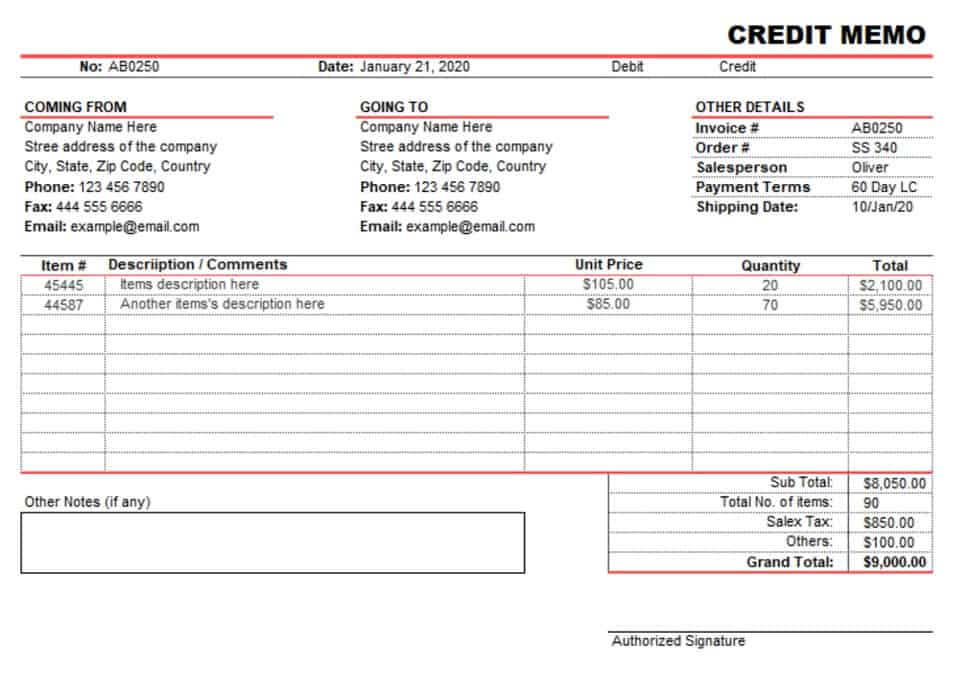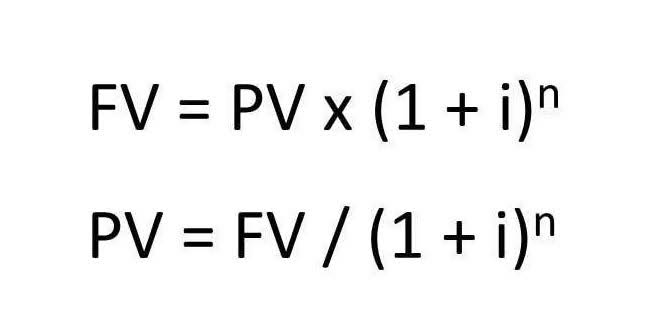
If total revenues exceed total expenses of the period, the excess is the net income of the partnership for the period. If expenses exceed revenues of the period, the excess is a net loss of the partnership for the period. At the end of the accounting period the drawing account is closed to the capital account of the partner.
Statement of partners’ equity
- Partner A owns 60% equity, Partner B owns 40% equity, and they agreed to admit a third partner.
- The interest on the loan will be a business expense and should therefore be debited to the statement of profit or loss.
- The partners’ equity section of the balance sheet reports the equity of each partner, as illustrated below.
- The dynamics of a partnership can change significantly with the admission or withdrawal of partners, making these processes pivotal moments in the life of a business.
- The salaries of employees are business expenses that are written off to the statement of profit or loss, thereby reducing profit for the year.
The incoming partner typically buys into the partnership by contributing assets or cash, which is then added to their capital account. This infusion can be a strategic move to bolster the partnership’s financial health or to bring in expertise that complements the existing partners’ skills. Another point to remember is that the ‘appropriation account’ is an additional accounting statement that is required for a partnership. In the case of a partnership, the statement of profit or loss will still be debited, but the profit will be credited to the appropriation account, rather than the capital account.
4 Prepare Journal Entries to Record the Admission and Withdrawal of a Partner

Assume that the partnership agreement specifies that in such a case the difference is divided according to the ratio of their capital interests after allocating net income and closing their drawing accounts. On this basis, Partner A’s capital account is credited for $6,000 and Partner B’s is credited for $4,000. Some partnerships opt for a hybrid model, combining elements of both capital contributions and active involvement. This allows for a more nuanced distribution that reflects both financial investment and operational input.

Balance Sheet
- If a partner invested cash in a partnership, the Cash account of the partnership is debited, and the partner’s capital account is credited for the invested amount.
- Understanding these differences is crucial for accurate financial reporting and effective business operations.
- This will mean that the entries for the share of the residual profit will be a credit in the appropriation account (thus resulting in a nil balance) and debits in the partners’ current accounts.
- Like any business structure, a partnership comes with both benefits and drawbacks.
The double entry is completed by a credit entry in the current account of the partner to whom the salary is paid. Conversely, the withdrawal of a partner can be a complex and sensitive process, often requiring careful negotiation and planning. The departing partner’s capital account must be settled, which involves calculating their share of the partnership’s assets and liabilities. This can be done through a buyout agreement, where the remaining partners purchase the departing https://x.com/bookstimeinc partner’s interest, or through a distribution of assets. The partnership agreement usually outlines the procedures for withdrawal, including any notice periods, valuation methods, and payment terms. This helps in managing the transition smoothly and in maintaining the partnership’s stability.
Key Financial Statements
Then deduct each partner’s interest charge from the individual shares at the end of the statement.Balance sheet Each partner has to have a capital account and, probably, a current account in the balance sheet. The method of allocation can also impact the financial statements of the partnership. For example, if profits are allocated based on capital contributions, the capital accounts of the partners will reflect these allocations, thereby affecting the overall equity distribution within the partnership.
- Step 1 – Recognise goodwill assetThe goodwill account is created by a debit entry of $42,000.
- For instance, a partner who manages the day-to-day operations might receive a larger share of the profits compared to a partner who is less involved but has made a significant capital contribution.
- The journal entry to record Remi’s admission to the partnership and the allocation of the bonus to Dale and Ciara is as shown.
- In other words, it means reconciliation of accounting income with taxable income, because not all accounting income is taxable.
Step 1 – Recognise goodwill assetThe goodwill account is created by a debit entry of $42,000. It was agreed that, at the date of Chen’s admission, the goodwill in the partnership was valued at $42,000. As an illustration, Remi is a skilled machine operator who will aid Acorn Lawn & Hardscapes in the building of larger projects. Assume the following information (Figure 15.6) for the partnership on the day Remi becomes a partner. To illustrate, Dale decides to sell his interest in Acorn Lawn & Hardscapes to Remi. Since this is a personal transaction, the only entry Acorn needs to make is to record the transfer of partner interest from Dale to Remi on its books.

Valuation of Partnership Assets

If a retiring partner withdraws cash or other assets equal to the credit balance of his capital account, the transaction will have no effect on the capital of the remaining partners. Assume that Partner A and Partner B have balances $10,000 each on their capital accounts. If a certain amount of money is owed for the asset, the partnership may assume liability. In that case an asset account is debited, and the partner’s capital account is credited for the difference between the market value of the asset invested and liabilities assumed. A well-drafted partnership agreement is the cornerstone of a successful partnership, providing a clear framework for the operation and management of the business.
Partnership bonus
It is essential for partners to regularly review the balance sheet to assess the liquidity and solvency of the business. For instance, partnership accounting a high level of current assets compared to current liabilities indicates good liquidity, which is crucial for meeting short-term obligations. On the other hand, a high level of long-term debt might raise concerns about the partnership’s long-term financial stability.

Because a change in ownership of a partnership produces a new partnership agreement, a bonus may be used to record the change in the ownership capital to prevent inequities among the partners. A partnership is a business structure that involves two or more individuals who agree to a set distribution of ownership, responsibilities, and profits and losses. Unlike the owners of LLCs or corporations, partners are personally held liable for any business debts of the partnership, which means that creditors or other claimants can income summary go after the partners’ personal assets. Because of this, individuals who wish to form a partnership should be selective when choosing partners. If non-cash assets are sold for less than their book value, a loss on the sale is recognized. The loss is allocated to the partners’ capital accounts according to the partnership agreement.

